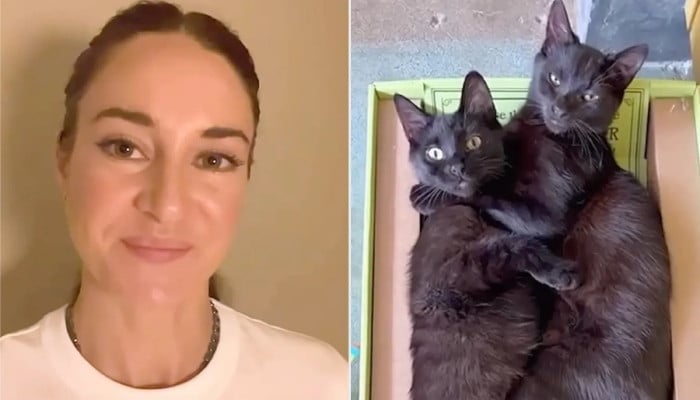…
Category: 5. Entertainment
-
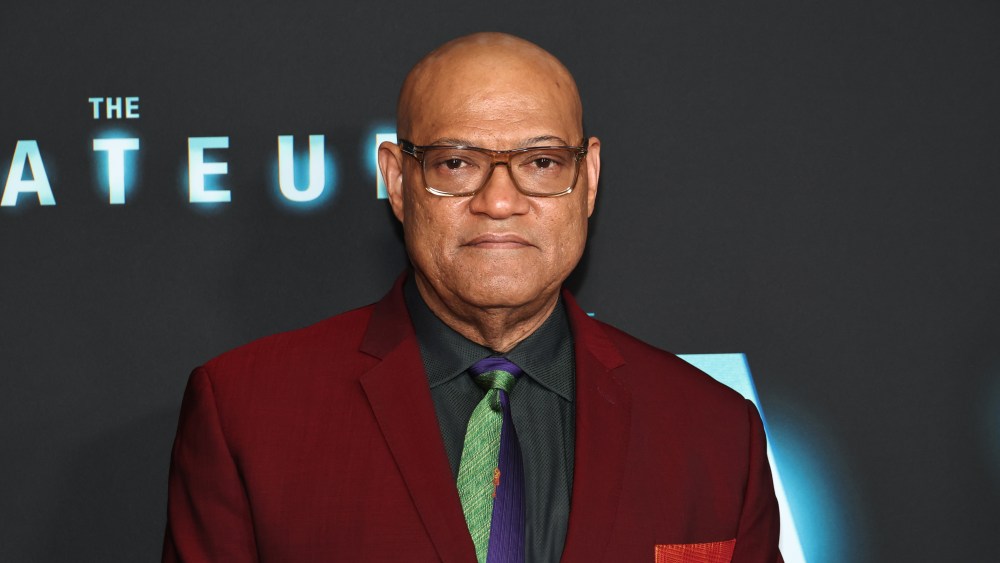
Laurence Fishburne Hesitant to Reprise Morpheus in ‘The Matrix 5’
With last year’s news about “The Martian” screenwriter Drew Goddard taking the helm from Lana and Lily Wachowski for a new “Matrix” film, Laurence Fishburne expressed his hesitancy in reprising his role as Morpheus in a…
Continue Reading
-

Keira Knightley “Was Not Aware” Of ‘Harry Potter’ Boycott
While many of her peers boycott the Harry Potter universe, Keira Knightley appears to have avoided the fiery discourse around the franchise.
After Deadline reported last month that Knightley will voice Professor Umbridge in Pottermore…
Continue Reading
-
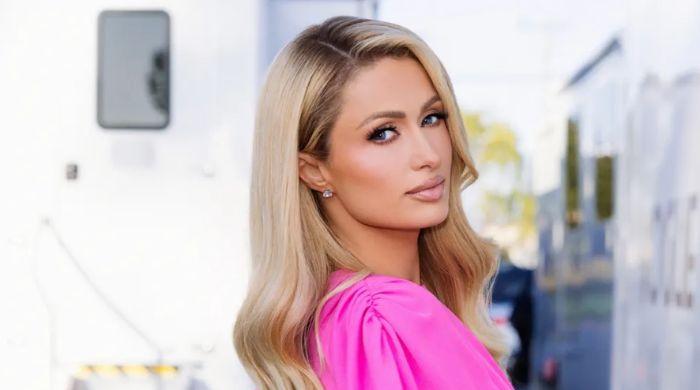
Paris Hilton calls her dogs ‘first babies’
Paris Hilton admits her dogs prepared her for motherhood Paris Hilton recently got candid and shared what she loves the most about being a dog mom.
While conversing with PEOPLE magazine, the 44-year-old American…
Continue Reading
-
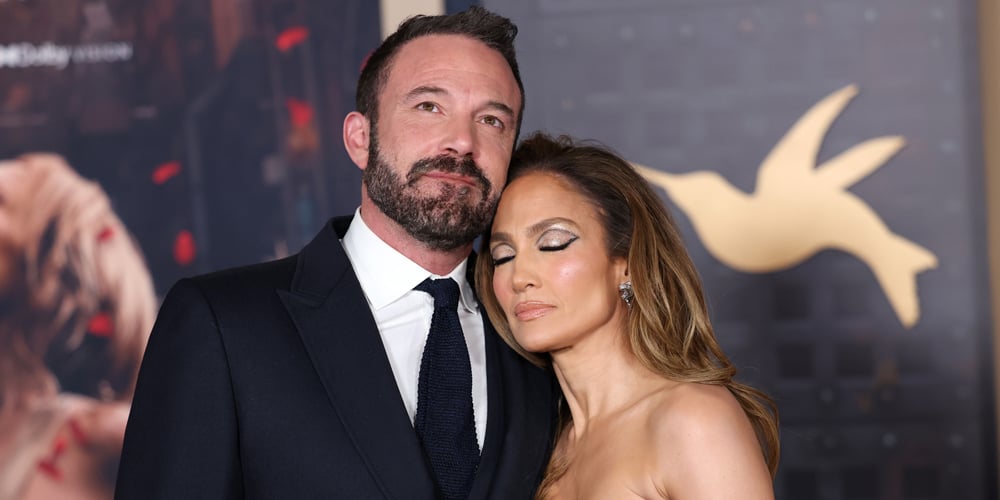
Are Jennifer Lopez & Ben Affleck Together Again? Source Addresses Romance Speculation | Ben Affleck, Jennifer Lopez | Celebrity News and Gossip | Entertainment, Photos and Videos
Jennifer Lopez and Ben Affleck are sparking romance speculation yet again.
The 56-year-old actress and “Let’s Get Loud” superstar posed with the 53-year-old Good Will Hunting actor at the premiere of Kiss of the Spider Woman in New York…
Continue Reading
-
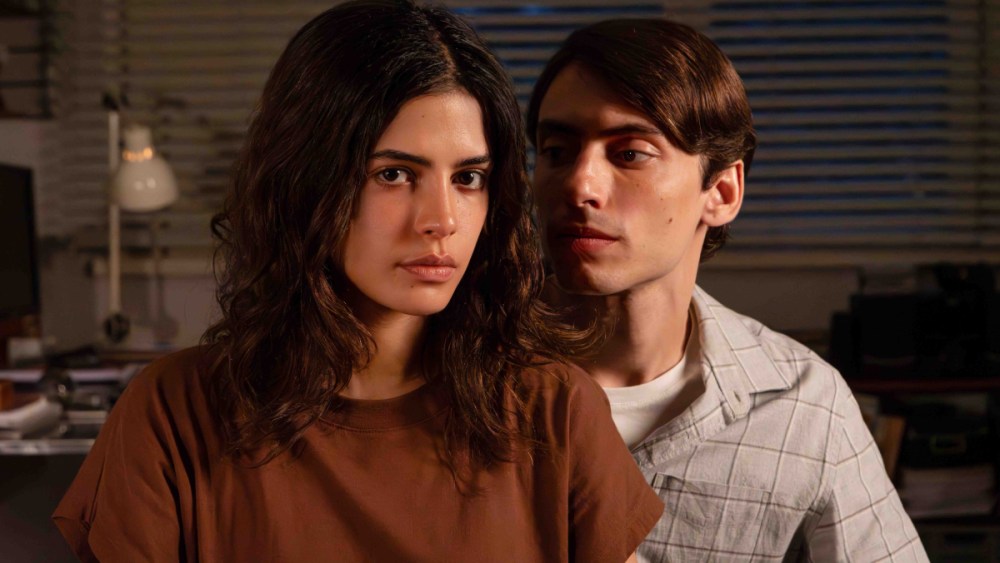
Globo Celebrates 100 With Anonymous Content, BBC, Fox, Leshem Deals
CANNES, France — “The future began 100 years ago,” proclaimed a three-minute clip shown at a Globo Showcase Cocktail on Sunday evening at Mipcom, chronicling the Brazilian communications giant’s evolution from newspaper, launched in…
Continue Reading
-
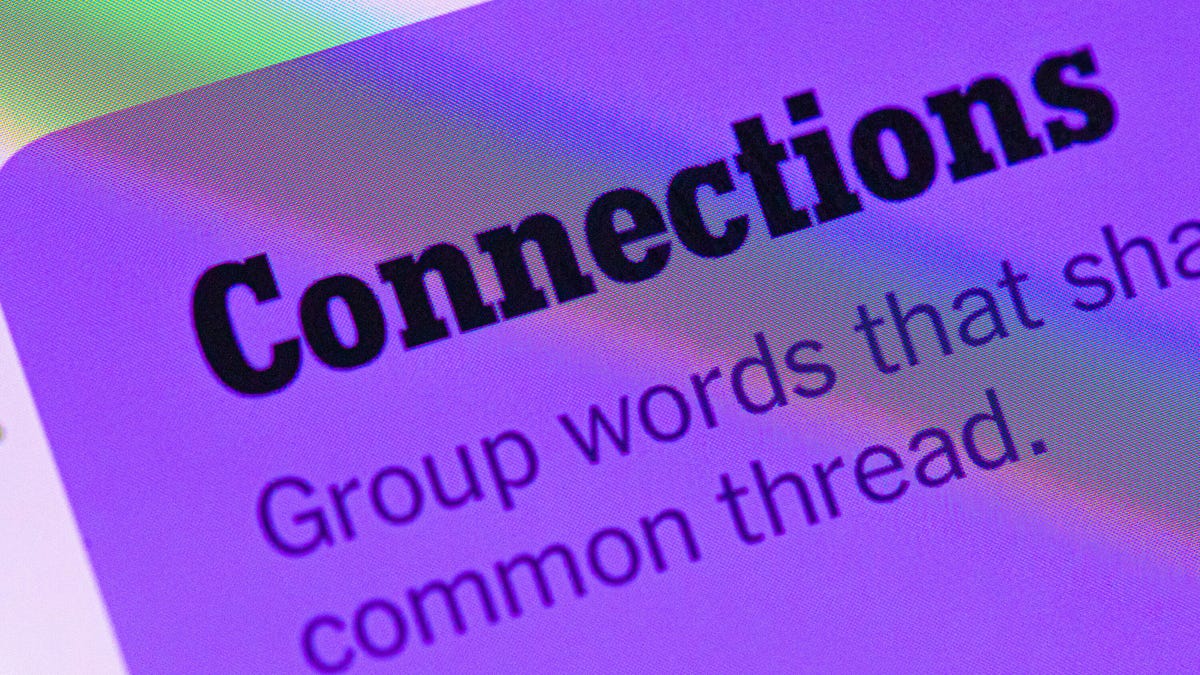
Today’s NYT Connections Hints, Answers for Oct. 13 #855
Looking for the most recent Connections answers? Click here for today’s Connections hints, as well as our daily answers and hints for The New York Times Mini Crossword, Wordle, Connections: Sports Edition and Strands puzzles.
Today’s NYT
Continue Reading
-
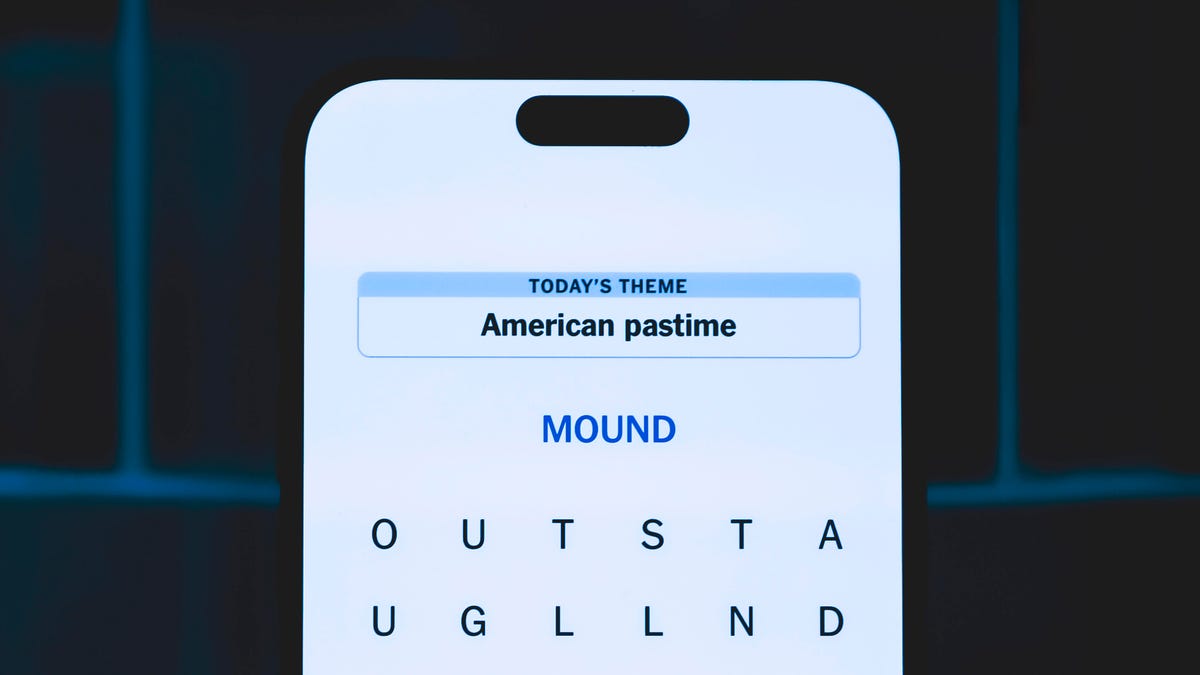
Today’s NYT Strands Hints, Answer and Help for Oct. 13 #589
Looking for the most recent Strands answer? Click here for our daily Strands hints, as well as our daily answers and hints for The New York Times Mini Crossword, Wordle, Connections and Connections: Sports Edition puzzles.
Today’s NYT
Continue Reading
-
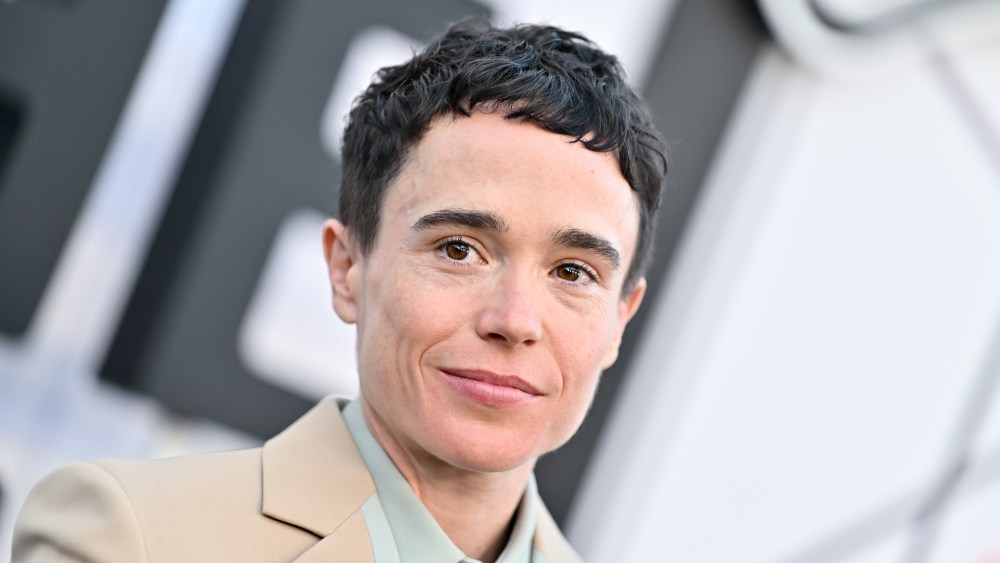
Elliot Page on Reuniting with Christopher Nolan for ‘The Odyssey’
15 years after working on Christopher Nolan’s “Inception,” actor Elliot Page spoke about reuniting with the Oscar-winning director for his historical epic “The Odyssey,” set to release in theaters in July 2026.
“I…
Continue Reading

